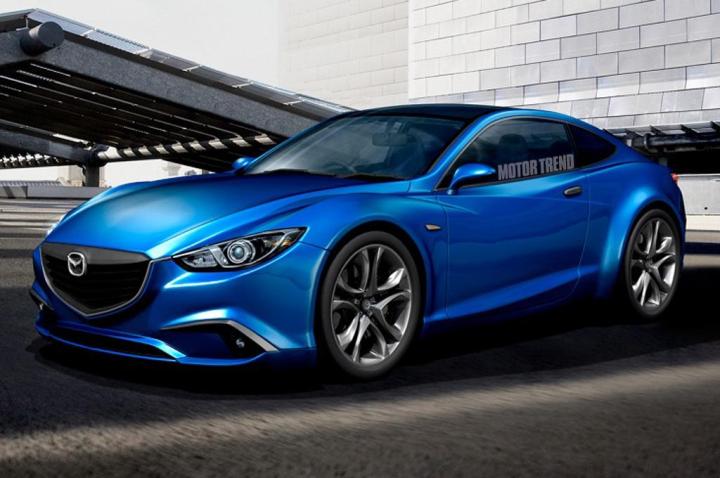
Motor Trend reports that Mazda is considering a Mazdaspeed version of the just-announced Mazda2 (also known as the Demio) as well as a new Mazdaspeed3 and Mazdaspeed6.
The Demio hatchback was just released at the Paris Motor Show this October, and features a 100-horsepower, 1.5-liter gas engine as standard. The subcompact only weighs around 2300 pounds depending on transmission, so a hopped-up performance version wouldn’t need much power to be great.
Next-generation Mazdaspeed3s and Mazdaspeed6s are reportedly in the works as well, with the smaller car housing a 2.5-liter Skyactiv turbo unit with more than 300 hp. The model is also expected to equip a new, lightweight all-wheel drive system.
Little is known about the new Mazdaspeed6 at this time, but the previous iteration from 2005-2007 featured a 2.3-liter turbo with 268 hp. The current Mazda6 uses a 184-hp, 2.5-liter four-cylinder engine.
Speaking of the Mazda6, a coupe version of the car is expected to show up in dealerships in the second half of 2016. Expect to see an evolutionary ‘Kodo’ design showcased, with major styling cues taken from the Shinari Concept of 2010.
A little farther down the road, the dream of Wankel fans every will finally come true.
A revamped RX-7 is expected to release in 2017, with the possibility of a 450-hp, turbocharged rotary on board. The RX-7’s release will coincide with the 50th anniversary of the Wankel-debuting Mazda Cosmo. Three years later, a second sports car, which may be called the RX-9, will celebrate Mazda’s 100th anniversary in 2020.
(Mazda6 Coupe rendering by Holiday Auto via Motor Trend)


